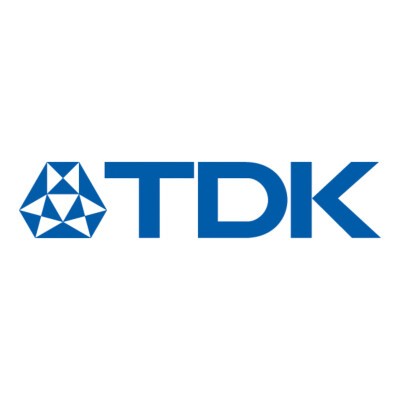Controlling the chemistry in plasma sterilization
Different microorganisms react differently to the chemical composition coming from atmospheric pressure plasma. The advanced process control in the plasma reactor MediPlas™ can selectively enhance the biocidal effect of ozone, nitrogen oxides, hydrogen peroxide, or acids.
The so-called silent discharge, dielectric barrier discharge (DBD), has been known for a long time. So far, it has been used mainly in ozone generation and exhaust gas treatment. Recently, interest in DBD has greatly increased, focusing on disinfection, sterilization, and targeted biological manipulation. These applications place much higher demands on the control of the plasma gas generated in a DBD reactor. At the same time, the widespread use of such devices requires that they be compact, mobile, and inexpensive. In the medical field, reliability and reproducibility are critical. MediPlas meets these requirements and can control the chemical processes and thus the reactive compounds generated.
Methods used for MediPlas control
The technical and physical methods used to achieve control over the chemical processes in the MediPlas system are as follows.
1. Use of different input gases
Depending on the desired chemical species, the MediPlas system can use various input gases. Pure oxygen results in the highest ozone concentrations. To generate nitrogen oxides, a mixture of nitrogen and oxygen must pass the DBD. These two gases can be mixed in any ratio, but the most commonly used medium is dry air containing 20% oxygen. When moisture is present, additional reaction channels open, producing hydrogen peroxide and a variety of nitrogen-based acids.
2. Input voltage adjustment
It is necessary to correctly adjust the discharge voltage in order to control DBD. This differs significantly from that in a classical DC discharge used for generating arcs, because DBD can only be ignited using AC. DC cannot pass through the dielectric barrier. As a result, a quick change is required in the voltage that crosses the dielectric barrier and generates the discharge voltage between the electrodes and the dielectric surface. Another crucial factor is the frequency of the applied voltage. The higher it is, the lower the capacitive resistance of the dielectric barrier, and thus the more efficient the DBD.
3. Pulse width modulation
Some chemical processes run more efficiently with increasing discharge voltage. For example, a high voltage promotes the formation of nitrogen oxides. On the other hand, a high voltage also leads to a higher heat input into the discharge, so that the temperature rises undesirably. To keep both the voltage high and the heat load low, pulse width modulation (PWM) is used. This means that short voltage pulses are applied to the electrode rather than continuously. Its characteristic feature is the duty cycle, which indicates the percentage of time the discharge chamber is supplied with voltage. During the rest of the time, the voltage supply is switched off. This percentage can be adjusted independently on the MediPlas driver, regardless of the voltage.
4. Peltier cooling
During discharge, the thermal load can be reduced not only by PWM but also by direct cooling of the electrodes and the dielectric barrier. A significant portion of the electricity supplied to the plasma reactor is converted to heat, which must be efficiently removed from the discharge area for long-term stable operation. This can be effectively accomplished with Peltier cooling. A silent fan further supports heat dissipation. How efficient Peltier cooling is, not only depends on the discharge gas used but also on other operating parameters in the MediPlas system. Under "cold" conditions – low power, low PWM duty cycle, high gas flows –Peltier cooling has only a marginal effect. However, in "hot" operation – high power, high PWM duty cycle, low gas flow – its effect is very substantial.
5. Innovative DBD electrode
Titanium protects the electrodes against corrosion by ozone because the surface structure of the electrode is crucial during discharge. It is structured rather than smooth, as in typical DBD reactors. By etching, micro-columns can be created that are located between the dielectric barrier and the metal electrode. They serve two functions: First, they serve as spacers to keep the distance between the metal electrode and the dielectric barrier constant; second, they assist in the heat exchange between the electrode and the Peltier-cooled dielectric plate. By using titanium, the corrosive effects of ozone can be avoided. The surface structure of the electrodes is critical for discharge. Unlike typical DBD reactors, they are textured. An etching process is used to create micropillars that stretch between the dielectric barrier and the metal electrodes. They serve two purposes: first, they act as spacers to maintain a constant gap between the metal electrodes and the dielectric barrier; second, they help transfer the discharge heat deposited in the electrodes to the Peltier-cooled dielectric plate.
In summary, although the MediPlas system is based on the proven and long-established concept of silent discharge, numerous technological innovations such as Peltier cooling, pulse width modulation, and the structured electrode ensure high efficiency, but also great flexibility in shaping the chemical effect of the plasma gases.

